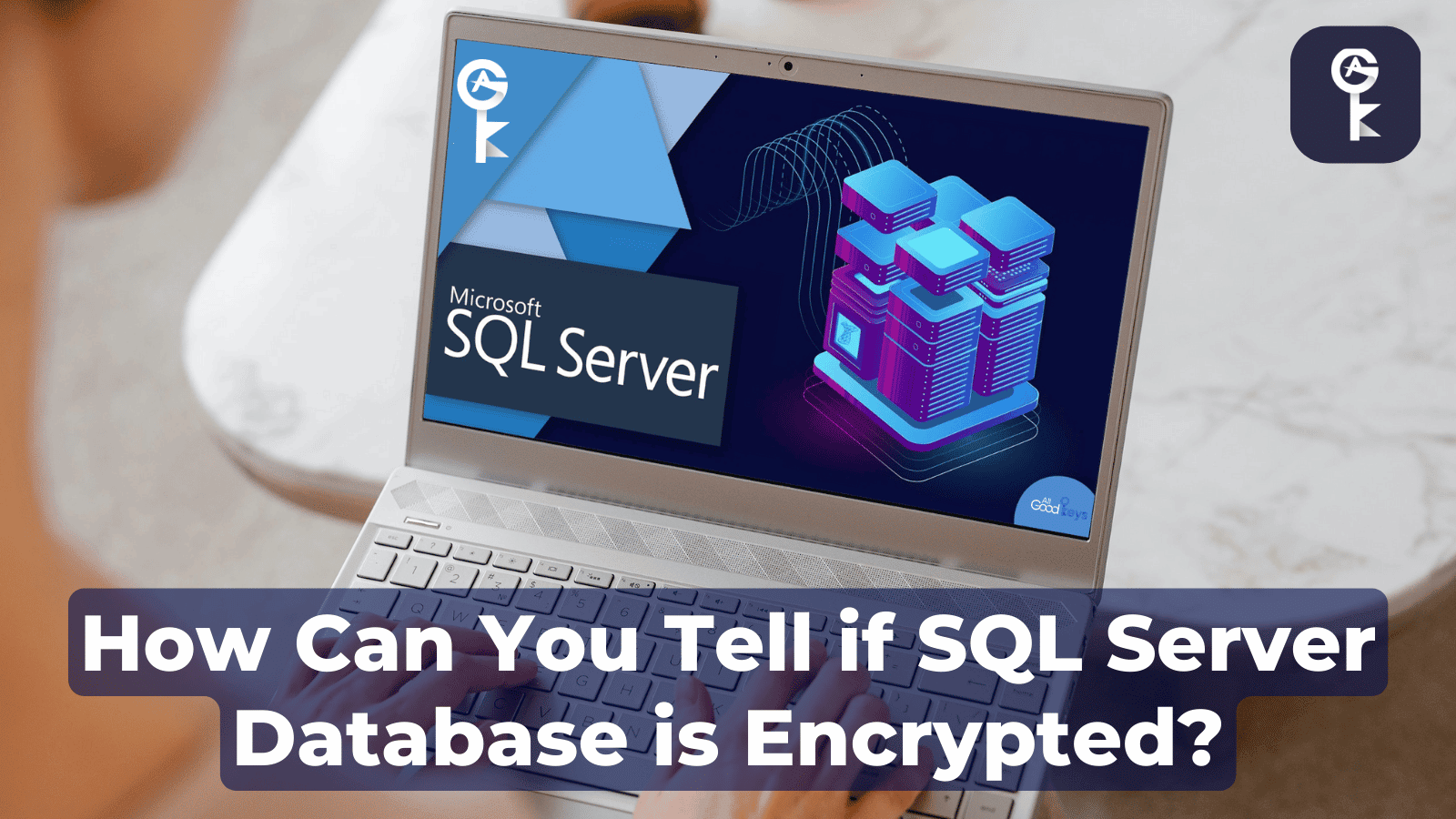How Can You Tell if SQL Server Database is Encrypted?

If you’re responsible for the security of a SQL server database, then it’s important to be able to tell if it is encrypted. Knowing whether or not your data is protected is critical, and there are a few things you can look for to help determine if encryption is in use.
In this blog post, we’ll take a look at three ways to tell if your SQL server database is encrypted.
Read on to learn more!
The Importance of Encryption
Encryption is one of the most important tools we have to protect our data. It’s used to protect information as it travels across the internet, and is essential for keeping our data safe from hackers and thieves. Without encryption, our personal information and financial data would be vulnerable to attack, and we could lose millions of dollars in a single breach.
Encryption is therefore essential for protecting our privacy and security and should be used whenever possible to keep our data safe.
How to Tell if Your SQL Server Database is Encrypted
If you want to know if your SQL Server database is encrypted, there are a few ways to tell.
One way is to check the server’s logs for any errors that may occur when the encryption process starts or stops.
Another way is to look at the properties of the database itself and see if encryption is turned on. And finally, you can use the following command to check if the database is encrypted or not:
What to Do If Your SQL Server Data is Not Encrypted
If your SQL Server data is not encrypted, you need to take action to protect your information. Data encryption is the process of encoding information so that only authorised individuals can access it. Encryption is a security measure that helps to ensure only authorised individuals can view sensitive data.
SQL Server provides native encryption capabilities that allow you to encrypt data at rest and in transit. In this blog post, we will discuss how to encrypt your SQL Server data.
1. Identify the Sensitive Data That Needs to be Encrypted
The first step is to identify the sensitive data that needs to be encrypted. This may include personal information such as social security numbers, driver’s licence numbers, and credit card numbers. You will also need to consider what type of data encryption you need. There are two types of data encryption: symmetric and asymmetric.
2. Implement Symmetric Data Encryption
Symmetric data encryption uses a single key that is used to encrypt and decrypt the data. The key must be kept secret so that only authorised individuals have access to it. Symmetric data encryption is typically faster than asymmetric data encryption but it isn’t as secure because the key could be compromised if it falls into the wrong hands.
3. Implement Asymmetric Data Encryption
Asymmetric data encryption uses two keys, a public key and a private key. The public key is used to encrypt the data and the private key is used to decrypt it. Asymmetric data encryption is more secure than symmetric data encryption but it is also slower.
4. Test Your Data Encryption Solution
After you have implemented data encryption, you will need to test your solution to make sure it is working properly. You can do this by trying to access the encrypted data without the proper keys or credentials. If you are able to access the encrypted data, then your solution is not working properly and you will need to fix it before going live with your site or application.
5. Roll Out Your Data Encryption Solution
Once you have tested your solution and verified that it is working properly, you can roll it out to your live site or application. You should also keep an eye on your logs so that you can detect any attempts to access the encrypted data without the proper credentials.
If your SQL Server data is not encrypted, you need to take action immediately to protect your information from unauthorised access. You can encrypt your SQL Server data using either symmetric or asymmetric data encryption methods.
Once you have implemented your solution, be sure to test it thoroughly before going live with your site or application.
Final Thoughts
As you can see, encryption is very important for the security of your SQL Server database. If you are not sure if your data is encrypted, there are ways to check. And if it is not encrypted, there are steps you can take to encrypt it.
By taking these precautions, you can help protect your data from being accessed by unauthorised people.









